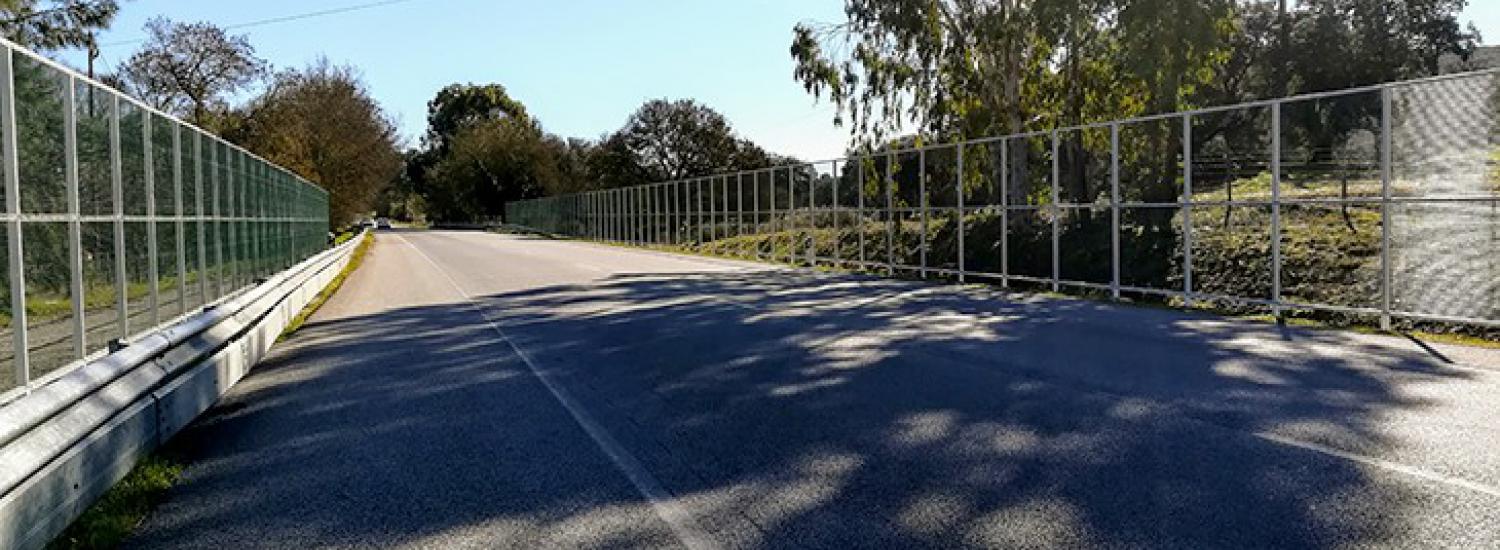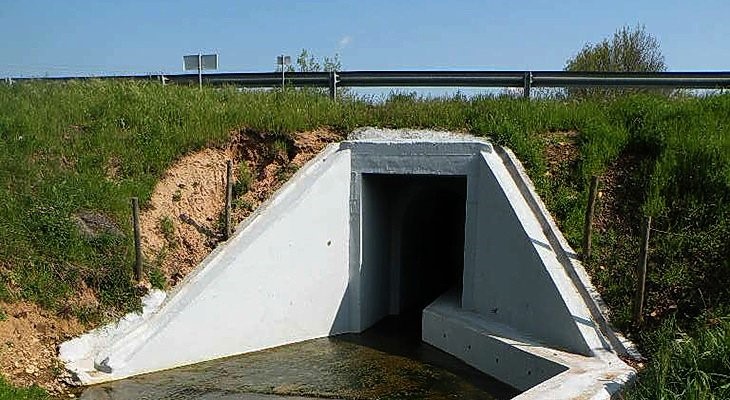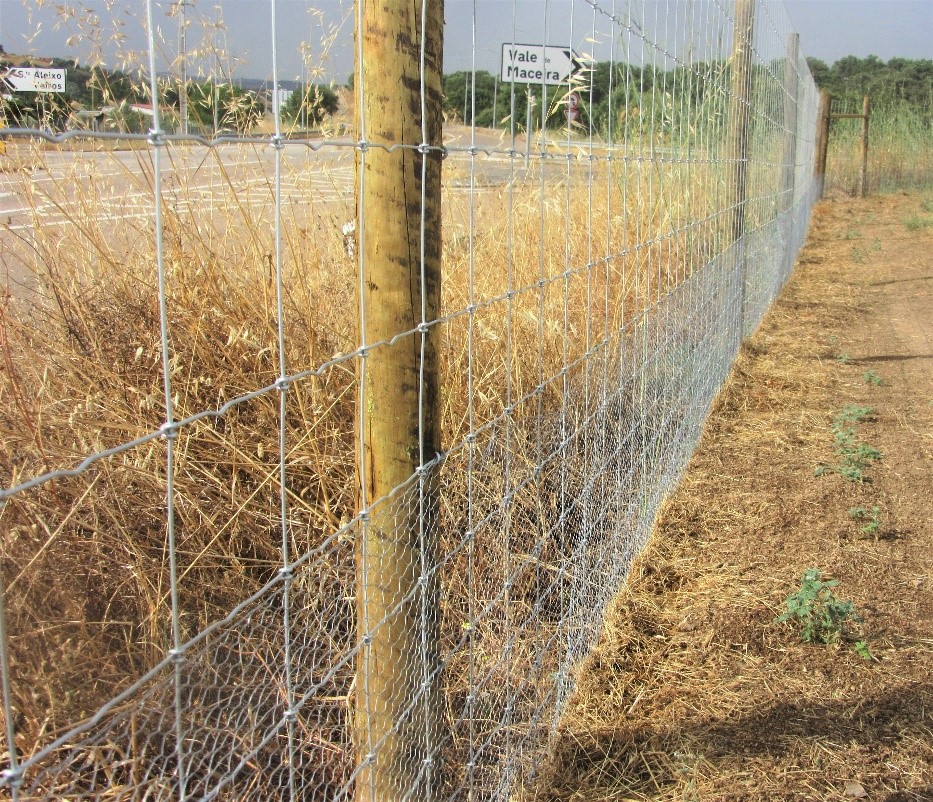One the goals in IP’s sustainability strategy is to reduce wildlife mortality on roads. With this in mind, the Fauna Mortality Monitoring Program was created for the road network. This program has been underway since 2010, and has the indispensable contribution by Inspection and Support officials who every day record the animals detected on roads in a geo-referenced database. These data are managed and analyzed so as to identify critical fauna mortality situations and propose measures to reduce incidents.
One of the measures which has proven to be more efficient is the introduction of passageways in culverts for fauna. In the majority of segments where this measure has been implemented, a reduction in fauna mortality rates has been seen.
Through the implementation of this Program, IP has achieved improved levels of road safety, and compliance with biodiversity conservation goals, under the scope of the company’s environmental responsibility.
See the annual reports with the results of the Program:
Death from collision with vehicles is the most visible and negative effect of roads on fauna. Carnivorous mammals are recognized as one of the most vulnerable groups to such collisions caused by the barrier effect of roads and the reduction/breaking up of their territories.
However, recent studies have demonstrated that, in general, these animals use special structures and culverts to cross roads (provided that they are sufficiently large and are located in quiet areas) and that the provision of such structures could help reduce mortality.
The presence of water in culverts, even at low levels, means that their use by most animals is limited, and as such, the introduction of passageways increases the potential of these structures for fauna as they are designed to remain above the water level for most of year.
The results of the Fauna Mortality Monitoring Program are therefore taken into consideration when defining the specific requirements to be included in culvert or road improvement work so as to address the need to include minimization measures for fauna, from a perspective of optimizing the cost/benefit of such measures.
With this in mind, passageways have already been introduced for fauna at several special structures located in areas where mortality has been seen to be high. The results of monitoring after implementing these measures have shown that that they are effective, as mammal mortality rates fell significantly.
The effectiveness of these passageways is improved if the roads are well-fenced, more specifically with fencing of a gradual mesh from a narrow base mesh, preferably less than or equal to 5 cm. If the target species to be protected are small or are known to dig, effectiveness is improved by fitting extra fencing of very tight mesh, joined to the fence itself and placed to form an “L”, where the base of around 50 cm is buried. Fencing should form an oblique angled contour around special structures and culverts so as to guide the animals towards the passageways.
Imperial eagle nesting
The sighting, in 2012, of a couple of Imperial Eagles nesting in a eucalyptus tree next to a road in a Special Protection Zone (SPZ) in Castro Verde, led the Institute for Nature Conservation and Forests (ICNF) to request IP to temporarily prohibit roadside stopping so as to safeguard the success of the nesting period. IP installed vertical signage prohibiting vehicles from stopping on the roadside between March and July so as to prevent people from disturbing the eagles in the area around the nest. This initiative helped the process and two eagle chicks successfully hatched..
Protecting the Iberian freshwater mussel
As part of the restoration work to a pontoon over the Toutalga Stream in Sobral da Adiça, in an area which is inside the Rede Natura 2000, and further to a request made by the Institute for Nature Conservation and Forests, IP implemented a measure which could prove to be vital for the survival of this species. Work carried out on the pontoon by the former EP in 2013 consisted of installing a water retention barrier, providing a favorable habitat.
IP took part in the Action COST 350 - Integrated Assessment of Environmental Impact of Traffic and Transport Infrastructure, which included a “Short-Term Scientific Mission” (STSM) with the aim of contributing to the scientific goals of the action. The subject of the mission was the Mitigation and Monitoring of Road Impacts on Fauna). It was conducted in Delft, Holland, at the Institute of Roads and Hydraulic Engineering, part of the Directorate-General of Public Works and Water Management (Rijkswaterstaat), by Dr. Graça Garcia (consultant, specialist in biodiversity, in the abovementioned Action).
Holland has extensive experience in assessment of the environmental impact of projects and the strategic environmental assessment of plans and programs. Biodiversity is a topic which has always been present in such assessments for roads, and there is now in-depth knowledge and a pragmatic approach to the design, application and improvement of measures to minimize impacts on fauna.
The report produced for the mission compiles the procedures studied, starting with a framework analysis of policies relating to traffic and transport infrastructure planning, after which it concentrates on processes for implementing and managing minimization and offsetting measures for impacts on biodiversity, with particular emphasis on procedures relating to the fragmenting of habitats.





